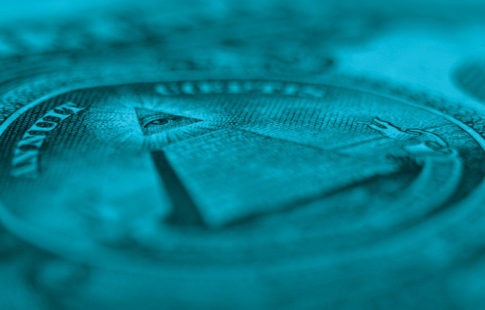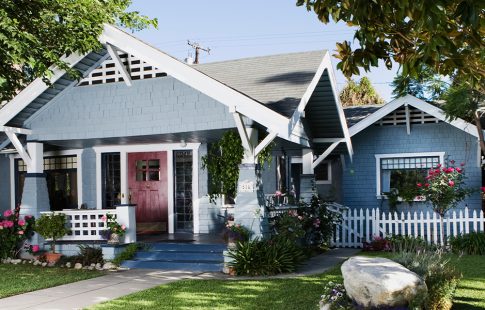Buying a new home is exhilarating and rewarding, but it can also be a little stressful. After all, you’re making a big financial decision that includes how much you borrow and from which lender.
Your mortgage lender, too, takes a certain amount of risk on every loan. That’s a reason they charge interest — basically, the customer’s cost of borrowing money. The interest rate you pay — for a home loan, they are called mortgage interest rates — is dependent on a variety of factors. Potential borrowers who do their research on current mortgage rates and the different lending options available to them will likely have an advantage, since “even saving a fraction of a percent on your interest rate can save you thousands of dollars over the life of your mortgage loan,” according to the CFPB. Part of that research includes understanding who sets mortgage interest rates.
No one bank or government entity “officially sets” current mortgage rates
Yes, it’s true — setting interest rates is a collaborative effort between different entities. But the Federal Reserve does wield plenty of influence. The Federal Reserve System — which consists of 12 regional banks (including the one in Atlanta), a Board of Governors, as well as the Federal Open Market Committee (FOMC) — is charged with moderating the American economy. When it was created by Congress in 1913 in response to some banking panics, it was given three key missions: maximizing employment, stabilizing prices, and moderating long-term interest rates.
As the Federal Reserve Bank of Atlanta explains it: Changes to interest rates, including mortgage rates, begin with the federal funds rate, which is the “interest rate financial institutions charge one another for overnight loans made from balances held at Federal Reserve banks.” To move that rate, the FOMC mainly adjusts “the interest rate on money — reserves — that banks and other depository institutions keep in accounts at the Fed.”
But when the FOMC makes changes to the federal funds rate, it doesn’t mean an instant change to current mortgage rates. Rather, the monetary policy is “transmitted through various channels, to an array of very short-term interest rates and financial market prices.” Changes tend to reverberate through the financial system and influence rates on all kinds of consumer loan products, including mortgages.
Why does the Federal Reserve raise or lower interest rates at all?
The Fed will adjust the rate depending on what it believes the economy needs. In times of financial crisis the Fed might lower rates, which leaves more money in the hands of consumers to stimulate the economy and encourage people and businesses to borrow and spend. If the economy is stable and economists are concerned about inflation, the Fed might increase rates, meaning people will borrow and spend less.
What other factors influence current mortgage rates?
While the larger economic picture is out of your control, many factors affect the mortgage interest rates that borrowers pay, according to the CFPB. These include a borrower’s credit score, the real estate market where a purchase is being made, the size of a potential loan, and the type and terms of a loan.
At Mr. Cooper, we believe your loan should be the one size that fits you (not one size fits all). Click here to learn more about the different types of home loans.







